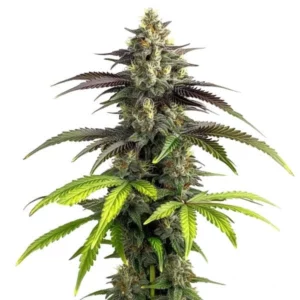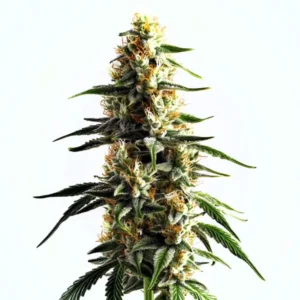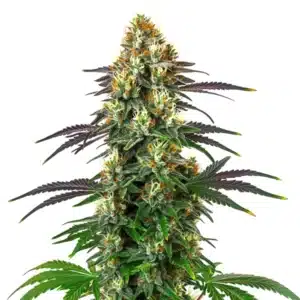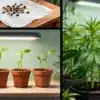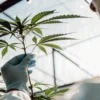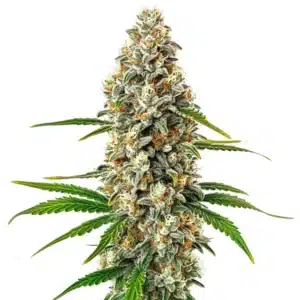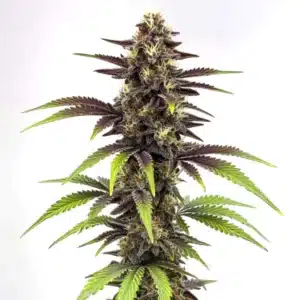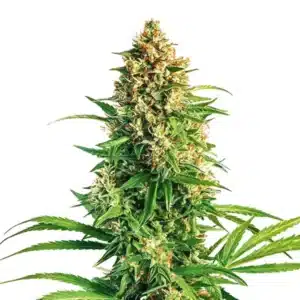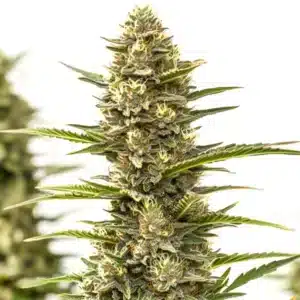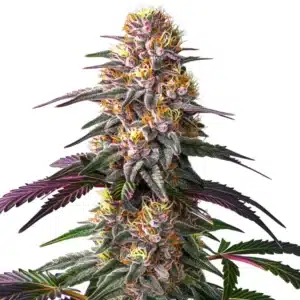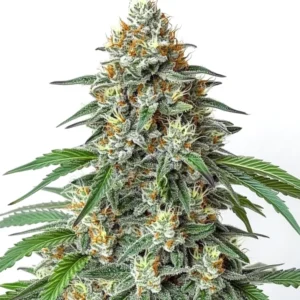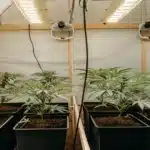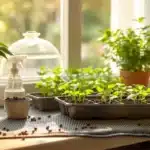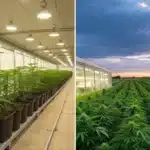
When to Switch from Vegetative to Flowering Stage Indoors
Recognizing Growth Stages
Vegetative Indicators
Determining when to switch from vegetative to flowering stage is essential for maximizing your cannabis yield. During the vegetative phase, your plants experience vigorous growth, with lush green leaves and strong vertical development.
As plants mature, look for robust stems and a thick, bushy canopy. Using oscillating fans during the vegetative stage helps achieve this; the gentle wind forces the plants to build stronger, more robust stems and branches that can later support heavy flowers. Leaves should always point upward and appear vibrant green.
Recommended Strains
Bruce Banner #3
|
|
THC | 20% - 29% (High) |
|
|
Type | Feminized |
|
|
Yield | Medium |
|
|
Phenotype | 50% Indica / 50% Sativa |
Bruce Banner 2.0
|
|
THC | 25% - 30% (High) |
|
|
Type | Feminized |
|
|
Yield | Medium |
|
|
Phenotype | 35% Indica / 65% Sativa |
Nodes also play a key role. A general rule is to wait until your plants have at least four to six nodes. Another common recommendation is to wait until your plants have reached a minimum height of around 60 cm (24 inches). This ensures they have enough size and energy stored for a productive flowering phase, especially for Indica strains that slow their vertical growth significantly once flowering begins. Before you switch, ensure your plants are not showing signs of stress.
Transition Signals
As you consider transitioning, watch for pre-flowers—small formations at the nodes that help identify plant sex. Male plants develop small sacs, while females show delicate white hairs called pistils. These early signs are your green light that the plant is sexually mature and ready to bloom.
Height management is vital, especially indoors. Our expert reminds us that pruning and shaping (topping, LST, etc.) must always be done during the vegetative stage. Additionally, prior to flipping the light schedule, it’s a good idea to fumigate preventively. This is your last chance to deal with any potential pests, so a thorough treatment at this stage ensures you don’t give them time to nest in the developing flowers, where treatment is much riskier.
Finally, monitor your light schedule carefully. The standard veg cycle is 18/6 (light/dark), which you’ll change to 12/12 to trigger bloom.
Promos & Deals
Adjusting Care
Nutrient Changes
As you approach the switch, adjusting your feeding program becomes critical. During the veg stage, cannabis craves nitrogen. As you transition to flower, the nutritional focus must shift: phosphorus and potassium become essential for proper bud formation. Our expert warns: excess nitrogen in flowering is a serious mistake.
Also, be vigilant about pH level. Proper nutrient absorption depends on it. In soil, aim for a pH of 6.0–6.5, and in hydroponic systems, keep it between 5.5–6.0.
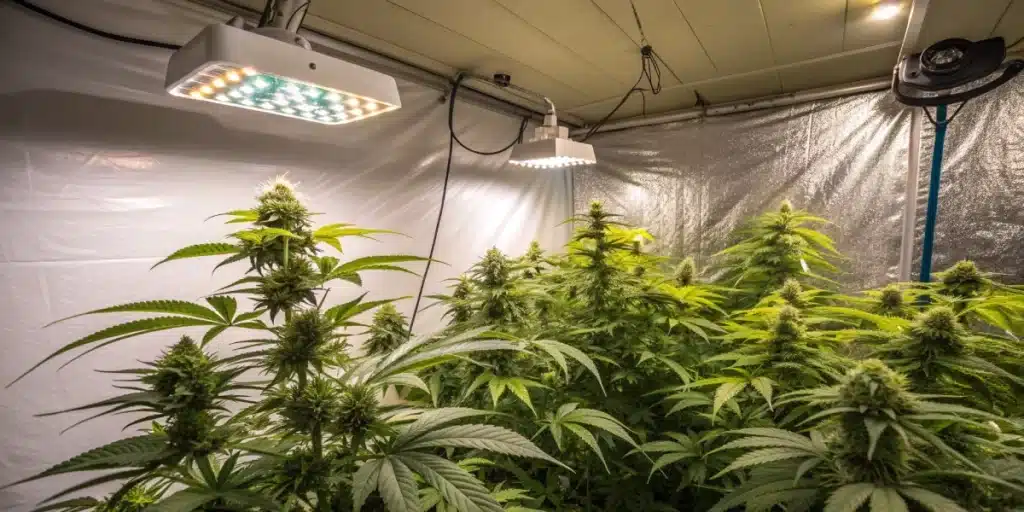
Final Preparations
Timing and Techniques
Timing your transition can mean the difference between an average harvest and an exceptional one. A good guideline is to switch when your plants are half the final height you expect because once flowering starts, plants can stretch significantly.
Techniques like low-stress training (LST) and topping are useful tools before the flip. Be sure to implement them a week or two before switching, giving your plants time to recover. You might also consider light defoliation to improve airflow and light penetration.
Finally, assess your plant’s structural integrity. If the stems don’t feel particularly strong, this is the perfect time to add supports like stakes or a trellis. This will ensure the branches can handle the weight of the heavy flowers that will develop in the coming weeks.
Common Mistakes When Switching to Flowering Stage
Knowing when to switch is only part of the equation. Executing the transition incorrectly can stress your plants and hurt yields.
Rushing the Transition Too Early
It’s easy to get impatient and flip the lights too soon. But this often leads to spindly, underdeveloped plants that lack the mass needed to support heavy buds. Give your plants time to build their foundation.
Ignoring Environmental Readiness
The readiness of your grow room matters just as much as the plant. Before flipping, check the environment thoroughly. It is critical to increase both ventilation (internal fans) and air extraction as soon as you switch to flower to handle the increased heat and humidity. At the same time, you should adjust your lights, often bringing them closer to the canopy, around 60 to 80 cm (24-31 inches) is a common range, to maximize intensity for bud production. Inconsistent environments often lead to hermaphroditism, stunted buds, or mold issues.
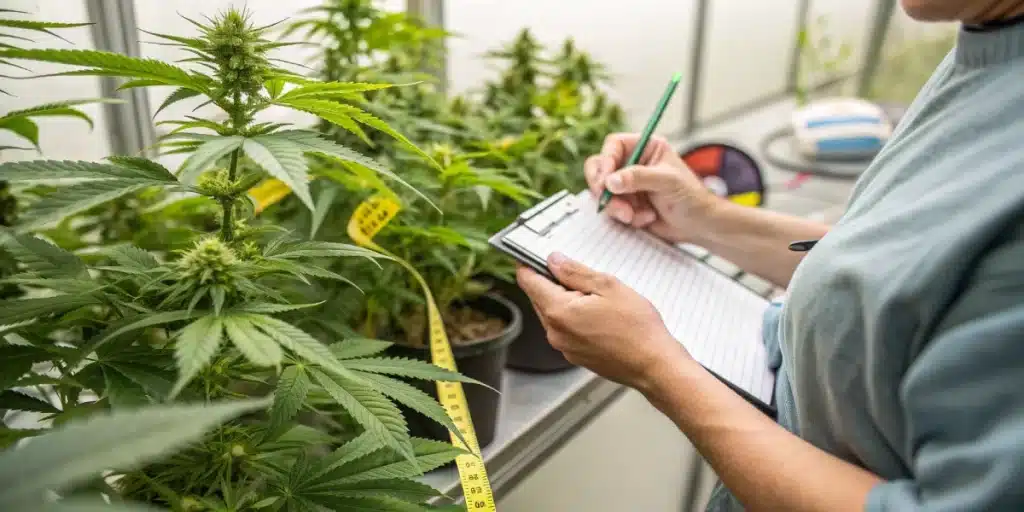
FAQS
What happens if I switch too early from vegetative to flowering stage?
Switching too early can lead to smaller yields, as your plants may not have developed a strong enough structure to support heavy buds. Additionally, they may experience stress, resulting in slower growth or even stunted development.
Can I switch from vegetative to flowering stage at any time?
While you can technically switch at any time, it’s best to wait until your plants show clear signs of readiness, such as adequate size and health. Observing the growth and environment will help you make an informed decision.
How long does the flowering stage typically last?
The flowering stage generally lasts between 8 to 12 weeks, depending on the strain you’re growing. Indica strains tend to flower quicker, while sativa strains may take longer to mature fully.



